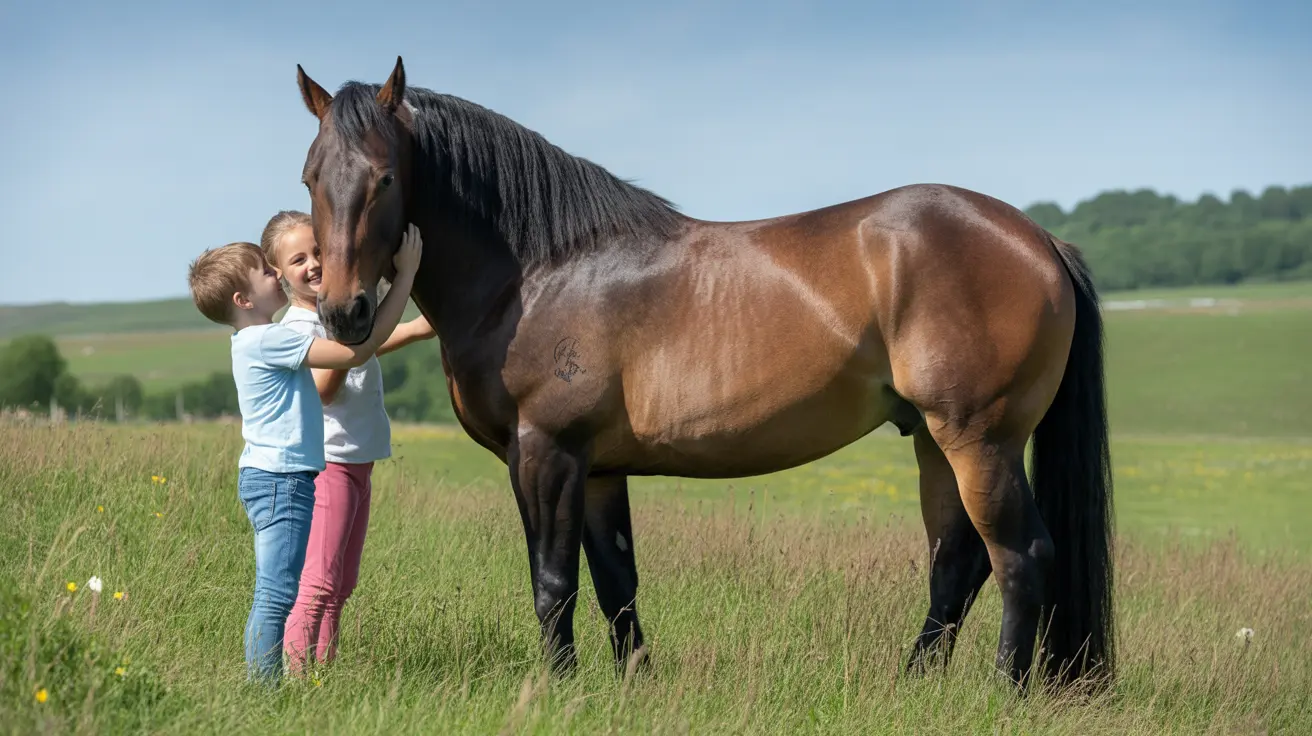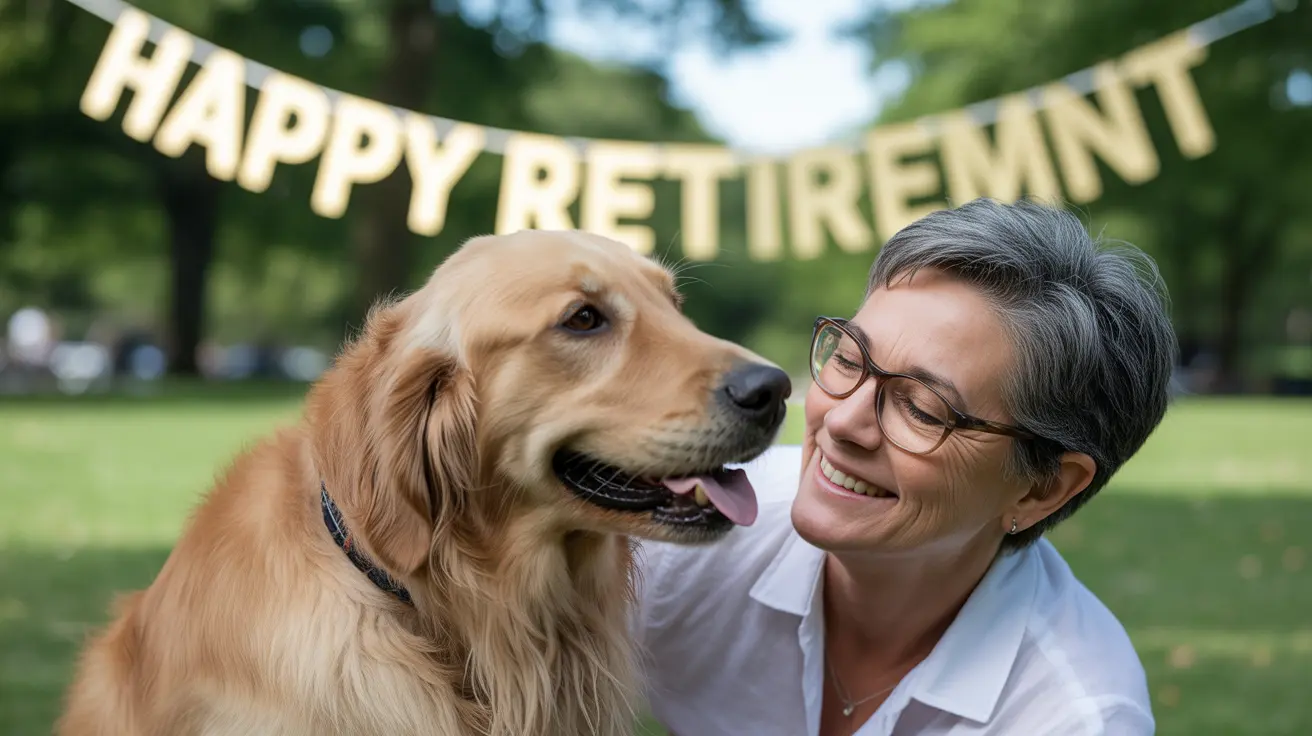The Blessing of the Animals tradition came alive at Sts. Peter and Paul School in Grangeville, where students, staff, and their beloved pets gathered for a heartwarming celebration on October 8th. This annual pet blessing event created what observers described as a "joyful, chaotic menagerie of animals and children," highlighting the special bond between young people and their animal companions.
The ceremony represents a cherished tradition that honors St. Francis of Assisi, the patron saint of animals, and provides an opportunity for families to celebrate their pets as valued members of their households. These community pet blessing events have become increasingly popular across the country, bringing together people of all backgrounds to recognize the important role animals play in our lives.
The Significance of Animal Blessings
The tradition of blessing dogs and cats, along with other beloved pets, stems from the legacy of St. Francis of Assisi, who viewed all creatures as part of God's creation. These religious pet blessings serve multiple purposes beyond the spiritual aspect—they strengthen community bonds, teach children about compassion and responsibility, and acknowledge the therapeutic and emotional benefits that pets provide to families.
Modern pet blessing ceremonies have evolved to welcome participants from diverse backgrounds, making them inclusive community events rather than exclusively religious gatherings. Many schools and churches now host these celebrations as a way to bring families together while supporting local animal welfare causes.
How Pet Blessing Ceremonies Work
During a typical pet blessing ceremony, families bring their animals in carriers, on leashes, or in appropriate containers to ensure safety for all participants. The blessing process usually involves a brief prayer or blessing spoken over each animal, acknowledging their role in bringing joy and companionship to their human families.
For pet owners whose animals might be too anxious or unable to attend in person, many ceremonies accommodate blessings of photographs or even stuffed animal representatives. This inclusive approach ensures that all beloved pets can be honored, regardless of their temperament or physical limitations.
What Animals Can Participate
While dogs and cats are the most common participants in these events, pet blessings for exotic animals are also welcomed at many ceremonies. Birds, rabbits, hamsters, reptiles, and even farm animals have been known to receive blessings. The key is ensuring that all animals are properly contained and that their presence won't cause stress to other participants.
Some events have grown to include working animals, therapy animals, and even memorial blessings for pets that have passed away, making these gatherings truly comprehensive celebrations of the human-animal bond.
St. Francis Feast Day Pet Blessing Tradition
The timing of many animal blessing events around October 4th coincides with the feast day of St. Francis of Assisi, making it particularly meaningful for those who follow this spiritual tradition. However, schools and communities often schedule these events at convenient times throughout the year to maximize participation from families and students.
These gatherings often incorporate educational elements, teaching children about responsible pet ownership, animal welfare, and the importance of treating all creatures with kindness and respect.
Community Impact and Benefits
Animal blessings at school settings like the Sts. Peter and Paul event serve multiple educational and social purposes. They provide opportunities for students to share their pets with classmates, learn about different animals, and develop empathy through interaction with various creatures.
Many of these events also support local animal shelters and rescue organizations through donations or volunteer opportunities, extending the spirit of caring beyond the ceremony itself.
Frequently Asked Questions
What is the Blessing of the Animals, and why is it held at schools and churches?
The Blessing of the Animals is a tradition, often held around October 4th, honoring St. Francis of Assisi, the patron saint of animals, to celebrate the bond between people and their pets by blessing animals for health and happiness.
How can I participate in a Blessing of the Animals event with my pet?
Typically, you bring your pet—leashed, caged, or safely contained—to a designated event at a church or school where clergy perform blessings. For pets that are fearful or cannot attend, some places allow blessings of photos or stuffed animals.
What types of animals can be blessed during these ceremonies?
Blessings usually include common pets like dogs, cats, birds, and small mammals but can also extend to reptiles, farm animals, working animals, and occasionally exotic pets depending on the event.
What is the religious or spiritual significance behind blessing animals?
The ceremony reflects St. Francis of Assisi's love for all creatures and acknowledges animals as part of God's creation, emphasizing kindness, stewardship, and the mutual relationship between humans and animals grounded in faith.
Are Blessing of the Animals events open to the public, including non-religious people?
Yes, many communities welcome everyone regardless of religious background to foster inclusivity, community spirit, and encourage charitable acts like donating to animal shelters during the event.
Events like the one at Sts. Peter and Paul School demonstrate how animal blessing ceremonies continue to strengthen community bonds while celebrating the special relationships between people and their pets. These gatherings remind us that our animal companions deserve recognition and gratitude for the joy and comfort they bring to our daily lives.





